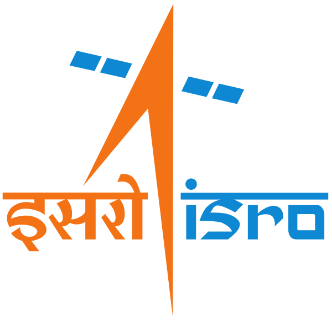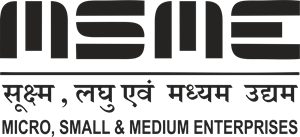Our Expertise
We are experts in the fields of high-performance computing, AI/ML, PCIe & CXL, and FPGA. With our experience, we create innovative solutions that push the limits of performance, dependability, and scalability.
An ISO 9001: 2008 Certified Company



EMBEDDING TECHNOLOGY. EXPANDING THE FUTURE.
Beyond Circuit by Logic Fruit Technologies

We work with innovative R&D leaders, project managers, and CTOs who need a proven, flexible partner that can provide extensive FPGA-centric expertise.
FPGA prototyping | IP core development | High-speed protocols.

High speed/complex board design | Mechanical design | Certified Quality.

Embedded Software Design and Development
BSP | Device Drivers | Multiple OS support.

Data Acquisition | Image & Video Processing | Security & Surveillance | Satellite Communication.

Don’t see what you are looking for ? See all Services
Our expertise and experience spans multiple industries and technologies and we create customized solutions that are optimized for high-performance and suitable for the real world applications.
Get in touch with us to know more about how we can help your organization navigate its next level of innovation in technology.
Hear from some of our clients on how they improved their development with Logic Fruit Technologies.



Logic Fruit Technologies is the ‘First Company’ in India that can compete with Global organizations with this product (confidential). We are very impressed by the technical expertise that Logic Fruit has to develop this type of product in India.



Team of M/s Logic Fruit Technologies has played an active role in the realization of multiple electronics (confidential) for IRDE and has been very prompt in resolving any issues arising during their utilization.
Bengaluru Office
US Office
Certifications




CEMILAC

In order to improve your experience and our services, we use cookies on our website. By continuing to browse and interact on this website you agree to our Privacy Policy.